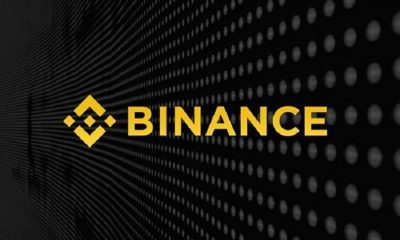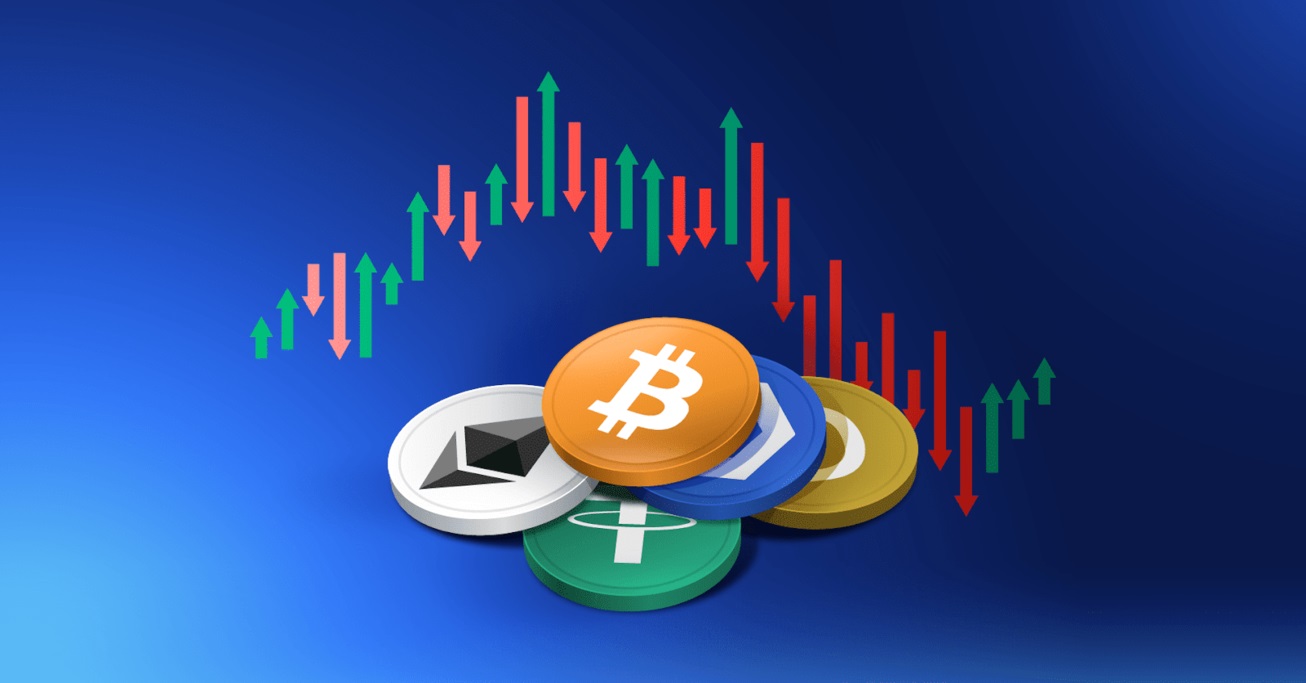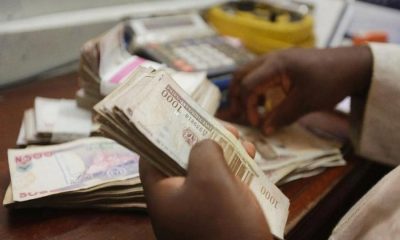Economy
Residents of Nigeria, Turkey, and UAE Most Likely to Own Crypto
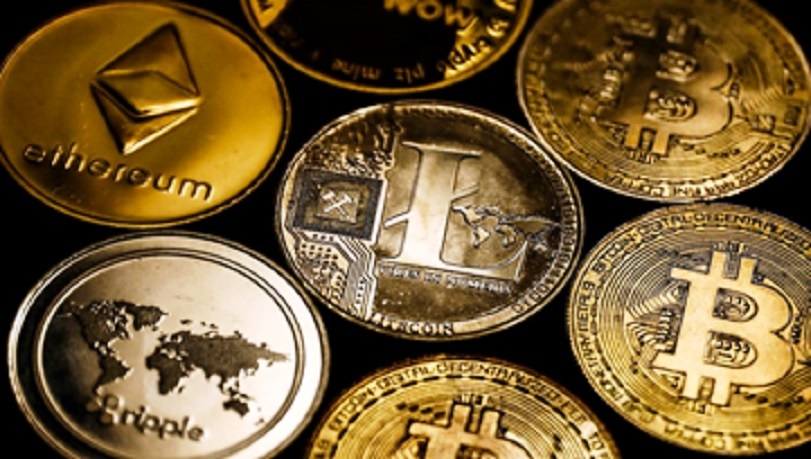
Cryptocurrencies, including Bitcoin and various alternatives, are no longer just investments for speculation. They represent a significant change in how people view and use money, providing decentralized options compared to traditional financial systems.
According to a report by CoinJournal, which analysed owners of cryptocurrencies between 2020 and 2023, 47 per cent of Nigeria’s population are actively engaged with crypto, with Turkey experiencing a notable 31 per cent jump in cryptocurrency ownership from 2020 and currently shares the top spot with Nigeria, while 31 per cent of the people in the United Arab Emirates (UAE) own digital currencies in 2023.
- Nigeria
Nigeria’s outstanding 15% increase in crypto ownership over the past three years positions it as a frontrunner in cryptocurrency adoption. The substantial 47% engagement rate in 2023 signifies a pervasive enthusiasm, potentially fueled by factors such as increased financial inclusion, economic uncertainty, and a rising interest in decentralized finance. Nigeria’s embrace of digital assets reflects a changing financial narrative within the country.
- Turkey
Turkey’s impressive 31% jump in cryptocurrency ownership since 2020, alongside a matching 47% adoption rate in 2023, highlights the nation’s strategic commitment to digital currencies. The resonance with the population suggests that Turkey is emerging as a key player in the global cryptocurrency landscape, showcasing the effectiveness of its efforts in enhancing crypto infrastructure and fostering widespread adoption.
- United Arab Emirates
The UAE stands out with a commendable 31% adoption rate in 2023, reflecting sustained interest in cryptocurrencies. The remarkable 21% increase in crypto owners from 2020 to 2023 signals an accelerated pace of adoption, underscoring the technological advancements. The UAE’s embrace of blockchain applications aligns with its commitment to consistent growth in cryptocurrency adoption. The noteworthy increase in crypto owners further emphasizes the accelerated pace of adoption, highlighting the expanding cryptocurrency community within the UAE.
- Indonesia
Indonesia’s significant surge in reaching a 29% cryptocurrency adoption rate in 2023 reflects the effectiveness of government initiatives aimed at fostering cryptocurrency inclusion. The substantial 16% jump from 2020 indicates a progressive approach, showcasing the success of government efforts combined with an expanding digital infrastructure. This suggests a growing interest among Indonesians in embracing digital assets as part of their financial portfolio.
- Brazil
Brazil’s story of overcoming barriers to achieve a substantial 28% user rate in 2023 signifies resilient progress in cryptocurrency adoption. The remarkable 16% increase from the 12% adoption rate observed in 2020 underscores the impact of structural reforms and increased cryptocurrency literacy campaigns. Brazil’s growing interest in digital assets positions it as a notable player in the cryptocurrency space, highlighting the country’s rapid advancement over the past three years.
“The data reflects a significant departure from considering digital assets solely as speculative investments, illustrating a broader transformation in how individuals approach and incorporate cryptocurrencies into their financial lives.
“The varying percentages of growth across these nations signify the resilience and adaptability of cryptocurrency markets, mirroring changing economic landscapes and the successful implementation of strategic initiatives.
“As cryptocurrencies cease to be mere financial instruments, this data underscores their pivotal role in shaping the future of global finance,” CoinJournal’s Max Coupland said.
Economy
Customs Street Chalks up 0.12% on Santa Claus Rally
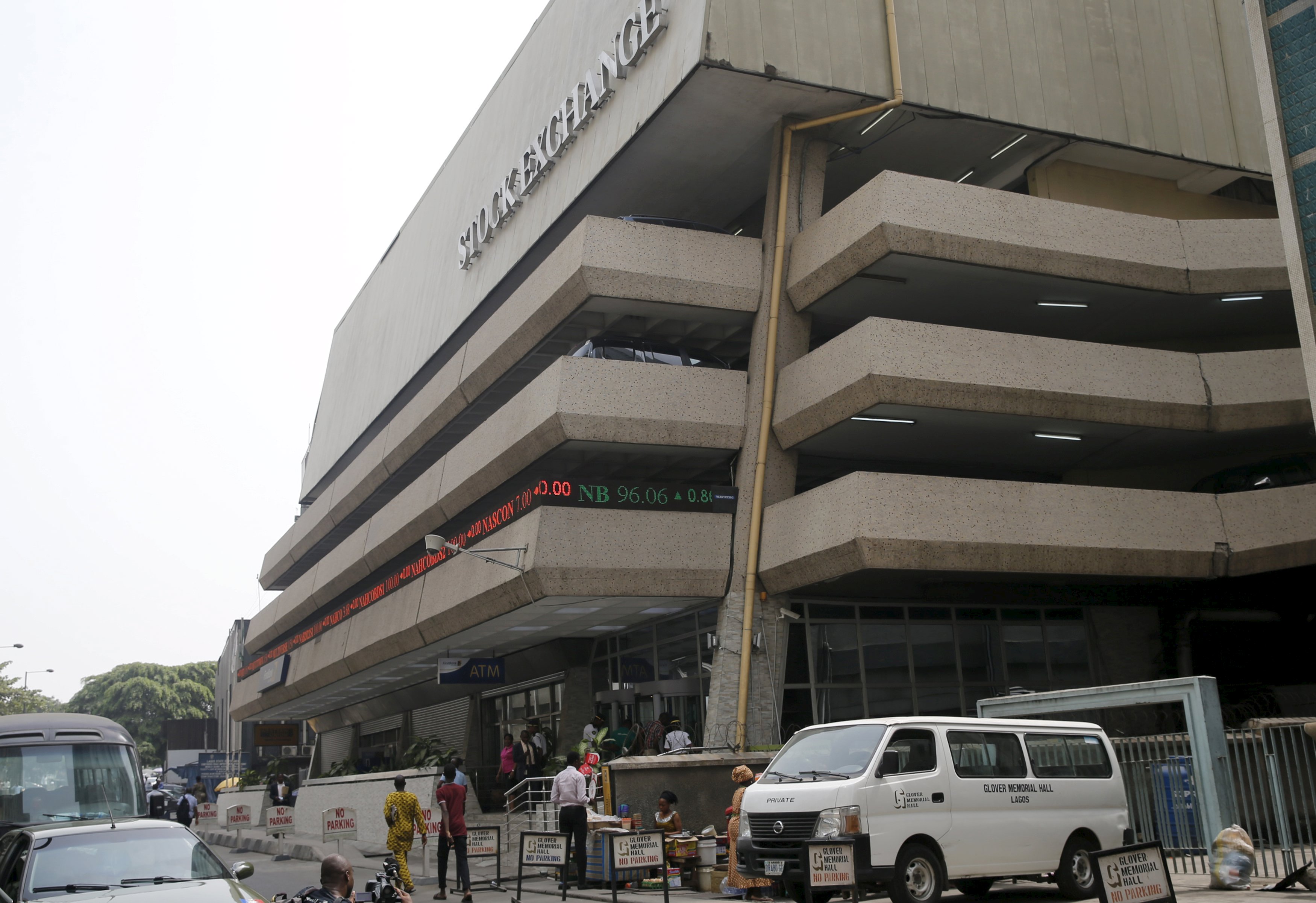
By Dipo Olowookere
The Nigerian Exchange (NGX) Limited witnessed Santa Claus rally on Wednesday after it closed higher by 0.12 per cent.
Strong demand for Nigerian stocks lifted the All-Share Index (ASI) by 185.70 points during the pre-Christmas trading session to 153,539.83 points from 153,354.13 points.
In the same vein, the market capitalisation expanded at midweek by N118 billion to N97.890 trillion from the preceding day’s N97.772 trillion.
Investor sentiment on Customs Street remained bullish after closing with 36 appreciating equities and 22 depreciating equities, indicating a positive market breadth index.
Guinness Nigeria chalked up 9.98 per cent to trade at N318.60, Austin Laz improved by 9.97 per cent to N3.20, International Breweries expanded by 9.85 per cent to N14.50, Transcorp Hotels rose by 9.83 per cent to N170.90, and Aluminium Extrusion grew by 9.73 per cent to N16.35.
On the flip side, Legend Internet lost 9.26 per cent to close at N4.90, AXA Mansard shrank by 7.14 per cent to N13.00, Jaiz Bank declined by 5.45 per cent to N4.51, MTN Nigeria weakened by 5.21 per cent to N504.00, and NEM Insurance crashed by 4.74 per cent to N24.10.
Yesterday, a total of 1.8 billion shares valued at N30.1 billion exchanged hands in 19,372 deals versus the 677.4 billion shares worth N20.8 billion traded in 27,589 deals in the previous session, implying a slump in the number of deals by 29.78 per cent, and a surge in the trading volume and value by 165.72 per cent and 44.71 per cent apiece.
Abbey Mortgage Bank was the most active equity for the day after it sold 1.1 billion units worth N7.1 billion, Sterling Holdings traded 127.1 million units valued at N895.9 million, Custodian Investment exchanged 115.0 million units for N4.5 billion, First Holdco transacted 40.9 million units valued at N2.2 billion, and Access Holdings traded 38.2 million units worth N783.3 million.
Economy
Yuletide: Rite Foods Reiterates Commitment to Quality, Innovation

By Adedapo Adesanya
Nigerian food and beverage company, Rite Foods Limited, has extended warm Yuletide greetings to Nigerians as families and communities worldwide come together to celebrate the Christmas season and usher in a new year filled with hope and renewed possibilities.
In a statement, Rite Foods encouraged consumers to savour these special occasions with its wide range of quality brands, including the 13 variants of Bigi Carbonated Soft Drinks, premium Bigi Table Water, Sosa Fruit Drink in its refreshing flavours, the Fearless Energy Drink, and its tasty sausage rolls — all produced in a world-class facility with modern technology and global best practices.
Speaking on the season, the Managing Director of Rite Foods Limited, Mr Seleem Adegunwa, said the company remains deeply committed to enriching the lives of consumers beyond refreshment. According to him, the Yuletide period underscores the values of generosity, unity, and gratitude, which resonate strongly with the company’s philosophy.
“Christmas is a season that reminds us of the importance of giving, togetherness, and gratitude. At Rite Foods, we are thankful for the continued trust of Nigerians in our brands. This season strengthens our resolve to consistently deliver quality products that bring joy to everyday moments while contributing positively to society,” Mr Adegunwa stated.
He noted that the company’s steady progress in brand acceptance, operational excellence, and responsible business practices reflects a culture of continuous improvement, innovation, and responsiveness to consumer needs. These efforts, he said, have further strengthened Rite Foods’ position as a proudly Nigerian brand with growing relevance and impact across the country.
Mr Adegunwa reaffirmed that Rite Foods will continue to invest in research and development, efficient production processes, and initiatives that support communities, while maintaining quality standards across its product portfolio.
“As the year comes to a close, Rite Foods Limited wishes Nigerians a joyful Christmas celebration and a prosperous New Year filled with peace, progress, and shared success.”
Economy
Naira Appreciates to N1,443/$1 at Official FX Market
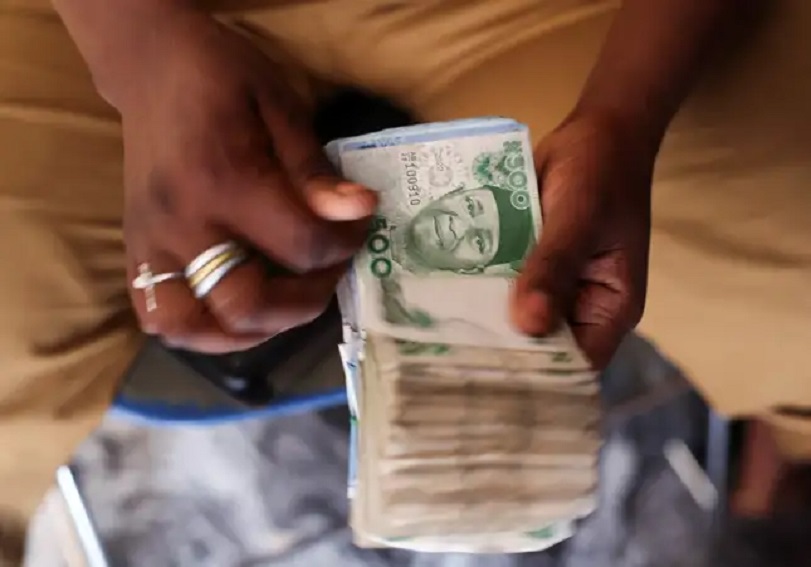
By Adedapo Adesanya
The Naira closed the pre-Christmas trading day positive after it gained N6.61 or 0.46 per cent against the US Dollar in the Nigerian Autonomous Foreign Exchange Market (NAFEM) on Wednesday, December 24, trading at N1,443.38/$1 compared with the previous day’s N1,449.99/$1.
Equally, the Naira appreciated against the Pound Sterling in the same market segment by N1.30 to close at N1,949.57/£1 versus Tuesday’s closing price of N1,956.03/£1 and gained N2.94 on the Euro to finish at N1,701.31/€1 compared with the preceding day’s N1,707.65/€1.
At the parallel market, the local currency maintained stability against the greenback yesterday at N1,485/$1 and also traded flat at the GTBank forex counter at N1,465/$1.
Further support came as the Central Bank of Nigeria (CBN) funded international payments with additional $150 million sales to banks and authorised dealers at the official window.
This helped eased pressure on the local currency, reflecting a steep increase in imports. Market participants saw a sequence of exchange rate swings amidst limited FX inflows.
Last week, the apex bank led the pack in terms of FX supply into the market as total inflows fell by about 50 per cent week on week from $1.46 billion in the previous week.
Foreign portfolio investors’ inflows ranked behind exporters and the CBN supply, but there was support from non-bank corporate Dollar volume.
As for the cryptocurrency market, it witnessed a slight recovery as tokens struggled to attract either risk-on enthusiasm or defensive flows.
The inertia follows a sharp reversal earlier in the quarter. A heavy selloff in October pulled Bitcoin and other coins down from record levels, leaving BTC roughly down by 30 per cent since that period and on track for its weakest quarterly performance since the second quarter of 2022. But on Wednesday, its value went up by 0.9 per cent to $87,727.35.
Further, Ripple (XRP) appreciated by 1.7 per cent to $1.87, Cardano (ADA) expanded by 1.2 per cent to $0.3602, Dogecoin (DOGE) grew by 1.1 per cent to $0.1282, Litecoin (LTC) also increased by 1.1 per cent to $76.57, Solana (SOL) soared by 1.0 per cent to $122.31, Binance Coin (BNB) rose by 0.6 per cent to $842.37, and Ethereum (ETH) added 0.3 per cent to finish at $2,938.83, while the US Dollar Tether (USDT) and the US Dollar Coin (USDC) remained unchanged at $1.00 each.
-

 Feature/OPED6 years ago
Feature/OPED6 years agoDavos was Different this year
-
Travel/Tourism9 years ago
Lagos Seals Western Lodge Hotel In Ikorodu
-

 Showbiz3 years ago
Showbiz3 years agoEstranged Lover Releases Videos of Empress Njamah Bathing
-

 Banking8 years ago
Banking8 years agoSort Codes of GTBank Branches in Nigeria
-

 Economy3 years ago
Economy3 years agoSubsidy Removal: CNG at N130 Per Litre Cheaper Than Petrol—IPMAN
-

 Banking3 years ago
Banking3 years agoFirst Bank Announces Planned Downtime
-

 Banking3 years ago
Banking3 years agoSort Codes of UBA Branches in Nigeria
-

 Sports3 years ago
Sports3 years agoHighest Paid Nigerian Footballer – How Much Do Nigerian Footballers Earn



